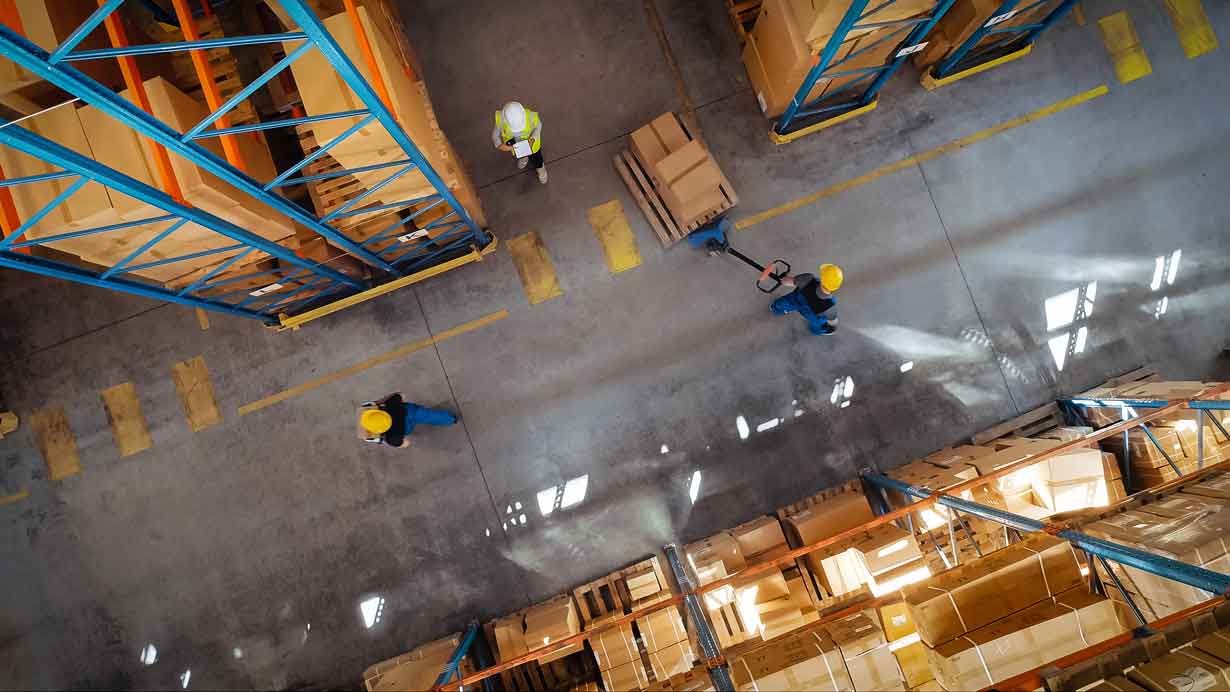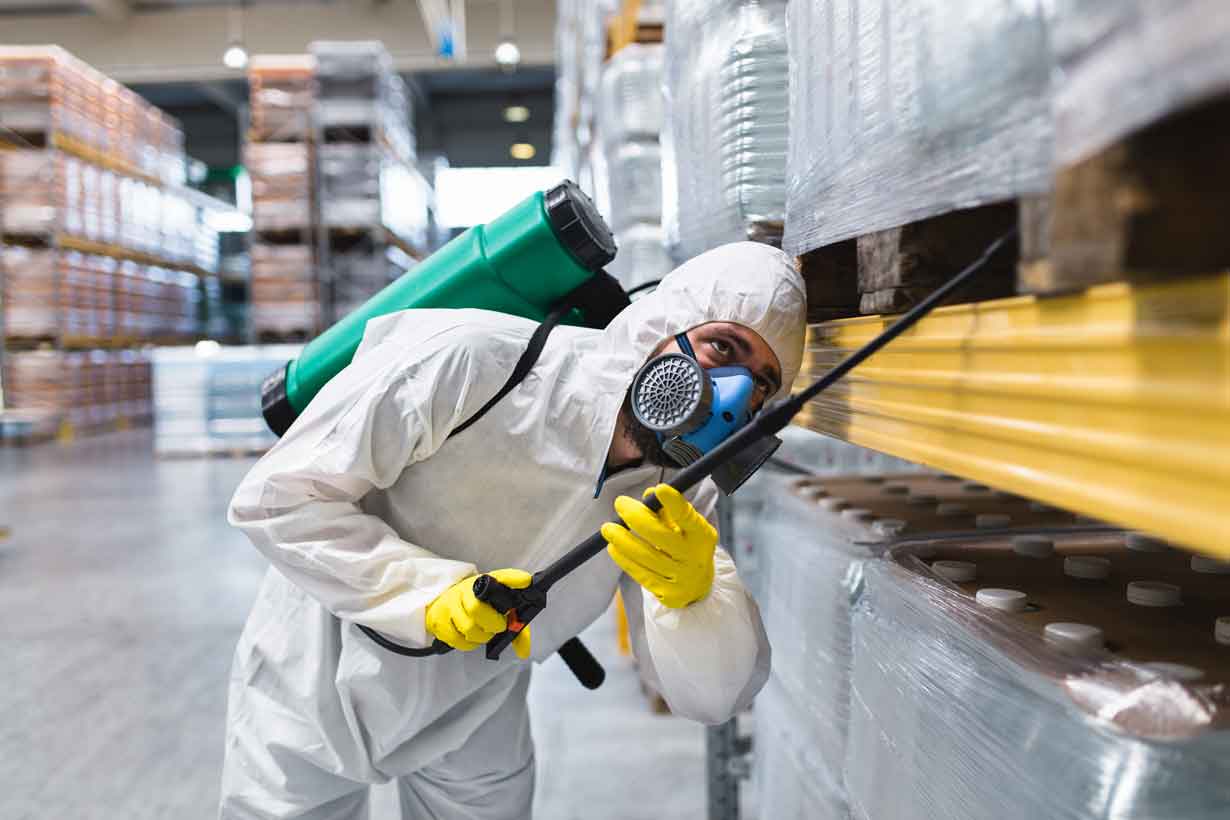

Tankless Water Heaters vs. Storage Tank Water Heaters
By Grainger Editorial Staff 10/1/25
Compare tankless and storage tank water heaters to see how each affects energy efficiency, long-term costs and hot water supply. Learn the pros and cons to help you choose the best option for your facility.
It takes only one surprise cold-water blast from your shower to appreciate the luxury that is on-demand hot water. A failing water heater can not only make for rude awakenings at home, but it can also slow facility operations that require hot water for cooking, cleaning and sanitizing, among other things.
When it’s time to replace your legacy water heater or install one in new construction, the first question you may consider is whether to stay with the traditional storage tank water heater or move to a tankless heater. As with any major equipment decision, there are pros and cons to each choice.
What Is a Tankless Water Heater?
While storage tank water heaters remain the majority of new installations in the U.S., according to the U.S. Department of Energy (DOE), tankless water heaters are gaining popularity. They are not new – patent applications for “continuous flow” water heaters were filed in the U.S. in the late 1920s – but with heightened awareness of energy consumption and sustainability, they are receiving more attention.
Tankless heaters do not hold water; cold water flows into the unit and is heated only when needed. This can save energy two ways:
- No need to heat gallons of water that aren’t being used
- No “standby heat loss,” in which a tank loses heat to a surrounding environment
Another advantage of tankless water heaters is that they can’t run out of hot water because of the continual flow feature. A shower, followed by two more showers, followed by dishwashing, won’t exhaust the supply.
Sizing a Tankless Water Heater
While they can't run out of hot water, tankless water heaters still need to be sized correctly. If there's demand for more hot water than the unit can supply at any one time – because a shower, a dishwasher and a washing machine without an internal heating element are all running simultaneously, for example – the water won't get hot enough.
To size a tankless water heater, look at maximum flow rate. This is the amount of heated water in gallons per minute (gpm) that a unit can deliver. Make sure that your unit can supply enough hot water for peak demand, when multiple fixtures or appliances are used at the same time.
Here's an estimated flow rate for some common fixtures:
- Standard shower heads: 2.5 gpm
- Low-flow shower heads: 2 gpm or less
- Kitchen faucets: 1.8 to 2.2 gpm
- Bathroom faucets: 0.5 to 1.5 gpm
Keep in mind that the groundwater temperature in your area will also influence your requirements, so check with the appliance manufacturer for tips on fine-tuning your recommended water heater size.
Types of Tankless Water Heaters
There are two basic types of tankless water heaters: gas and electric.
High-efficiency condensing gas tankless water heaters have a secondary heat exchanger that can extract heat from the combustion exhaust gases. High-efficiency gas tankless water heaters have energy factors of 0.9 and above. Standard gas tankless water heaters have energy factors below 0.9. The energy factor measures the amount of hot water produced for each unit of energy consumed.
Point-of-use electric tankless water heaters are designed to be installed near sinks and fixtures for instant hot water. They have small housings and lower flow rates, making them suitable for smaller applications. Whole-house electric water heaters can supply enough hot water for an entire building.
Considerations When Choosing
Energy efficiency: The DOE estimates that tankless water heaters improve energy efficiency by 8% to 34% over storage tank heaters, depending on the amount of water usage. This difference can be mitigated somewhat by insulating a storage tank heater. Some models come with extra insulation, or you could use an insulation blanket to wrap your water heater.
Up-front costs: Storage tank heaters and full-size tankless heaters are comparably priced, though gas heaters of both types are more expensive than electric. However, installation could be more expensive for a tankless heater. Consumer Reports notes that changing from a storage tank to a tankless water heater could require an upgrade to gas or electric service, as well as a plumbing retrofit.
Long-term costs: The cost savings associated with tankless heaters will vary from one case to the next, but the reduced energy use will lead to noticeably cheaper utility bills. Tankless heaters also have a longer life expectancy than storage tank heaters – more than 20 years, according to the DOE, compared to 10-15 years for storage tank heaters.
Convenience: If you’re dealing with an emergency replacement of a failed water heater – a survey by the Northwest Energy Efficiency Alliance found 37% of residents replacing a heater did so because of sudden failure – the change could be quicker by keeping the same type of heater.
Speed of hot water delivery: Tankless heaters typically require about 15 seconds to get water up to temperature, while a fully heated storage tank can deliver hot water instantly – keeping in mind that in either case, the hot water will need time to travel through the pipes from the heater to the faucet. Some tankless heaters have built-in recirculation pumps that allow them to supply hot water with no delay.
Installation footprint: Tankless heaters are smaller than storage tank heaters. Full-facility tankless heaters typically fit on a wall and are less than 2 feet wide and 3 feet high, compared to storage tank heaters that can be at least 5 feet high. Undersink electric tankless models are even smaller and can deliver hot water to smaller areas, such as an eye and face wash station.
Emergency availability: Finally, know that a power outage is likely to leave tankless heater users without hot water. Even gas-powered tankless heaters need an electronic control panel.

Safety Management
Warehouse Ergonomics Tips to Help Reduce Strain and Injuries
Warehousing and distribution work often involves physical demands that can lead to strain over time. Learn how OSHA’s Warehousing NEP highlights ergonomic risks and ways to help address them.
![]() Our Latest KnowHow
Our Latest KnowHow

6 Tips to Help Prevent Slips, Trips and Falls
Identify the fall hazards in your workplace and implement a fall safety program. Check out these tips from Grainger so you can mitigate risk.
The information contained in this article is intended for general information purposes only and is based on information available as of the initial date of publication. No representation is made that the information or references are complete or remain current. This article is not a substitute for review of current applicable government regulations, industry standards, or other standards specific to your business and/or activities and should not be construed as legal advice or opinion. Readers with specific questions should refer to the applicable standards or consult with an attorney.














